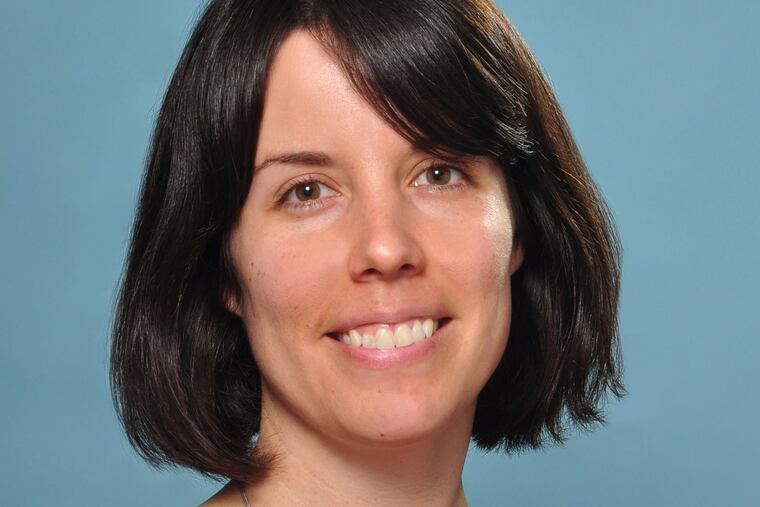Nurses in nursing homes say they can’t finish their work and many feel burned out
The survey results raise safety concerns.

Nearly three-quarters of registered nurses working in nursing homes said they had to leave work unfinished because they didn’t have enough time or resources. Three out of 10 had high levels of burnout or were dissatisfied with their jobs, according to new research published in the Journal of the American Geriatrics Society.
The results bode poorly for patient safety and have implications for nurse retention in nursing homes, the study said.
"I think that this just kind of raises an alarm," said Elizabeth White, a geriatric nurse practitioner who led the survey-based research while a doctoral student at the University of Pennsylvania School of Nursing's Center for Health Outcomes and Policy Research. "Nurses are saying that they just don't have the time and resources to do all the care that needs to be done."
The work nurses said they had to leave unfinished most often was talking with and comforting patients followed by teaching patients and family members and planning care. The nurses made pain management a high priority, so patients typically got pain medicine. Nurses may view talking with patients and family as less essential care, White said, but it "contributes a lot to the quality of life."
Nurses with burnout were five times more likely to leave care undone than peers without burnout.
The survey was not designed to determine whether too-heavy workloads caused burnout or whether burnout, which White described as "emotional exhaustion," caused nurses to get less done.
White, who is now a postdoctoral fellow at Brown University School of Public Health, suspects that working conditions start a cycle of stress and burnout. “They are just closely related concepts,” she said.
White, along with Penn researchers Linda Aiken and Matthew McHugh, surveyed 687 RNs giving direct care in 540 nursing homes in California, Florida, New Jersey, and Pennsylvania. Nationally, 153,120 RNs worked in nursing homes in 2018, or 9.5% of the nearly three million licensed RNs in the United States.
A 2014 federal report said the majority of adverse events in nursing homes were caused by inadequate monitoring, failure to provide necessary or appropriate treatments, or inadequate care plans, the study said. Among the surveyed nurses, 28% said they did not have enough time or resources to perform adequate patient surveillance, 20% left treatments or procedures undone, and 28% left care plans unfinished. Many of the nurses also said they couldn’t give medicines on time, which could cause safety problems.
White said nursing-home work can be especially stressful for nurses. One nurse can be responsible for 30 to 40 patients, compared with six to eight for a hospital nurse. Nursing-home patients, especially the ones who come directly from hospitals, have been getting sicker. Pay and benefits are lower than in hospitals. Many nursing-home nurses would rather be working elsewhere. “It’s a hard place to work,” White said. Previous studies have shown somewhat higher dissatisfaction and burnout rates among nurses in nursing homes than among those in hospitals.
Other studies have found that hospital nurses are more likely to leave important patient care undone when their hospitals are understaffed and unsafe. Such “missed care” is a predictor of worse care quality, more adverse events, and lower patient satisfaction. Studies on the relationship between nurse burnout and safety suggest that nurses who work in “supportive work environments” may be better able to ensure safe care, the study said.
Nursing homes have not been studied as much, White said.
In her study, about half of all the nurses and 77% of those with burnout said they had left work without comforting or talking with patients. Only 4% said they had failed to do pain management.
The most common reasons for job dissatisfaction were tuition and retirement benefits, although close to half the nurses were unhappy with their pay.
White said that financially strapped nursing homes could improve the work environment for nurses even without hiring. Establishing a culture that searches for the root causes of systemic problems rather than one that seeks to punish individuals could lead to more efficient and effective care. Asking nurses for input could also identify problems and improve employee engagement. Nurses also wanted more opportunities for advancement. "It's not just about staffing," she said.
Even so, the report points out that, in the long run, the cost of better staffing levels, salaries, and benefits might balance out the cost of high turnover, lower productivity, and more frequent training.